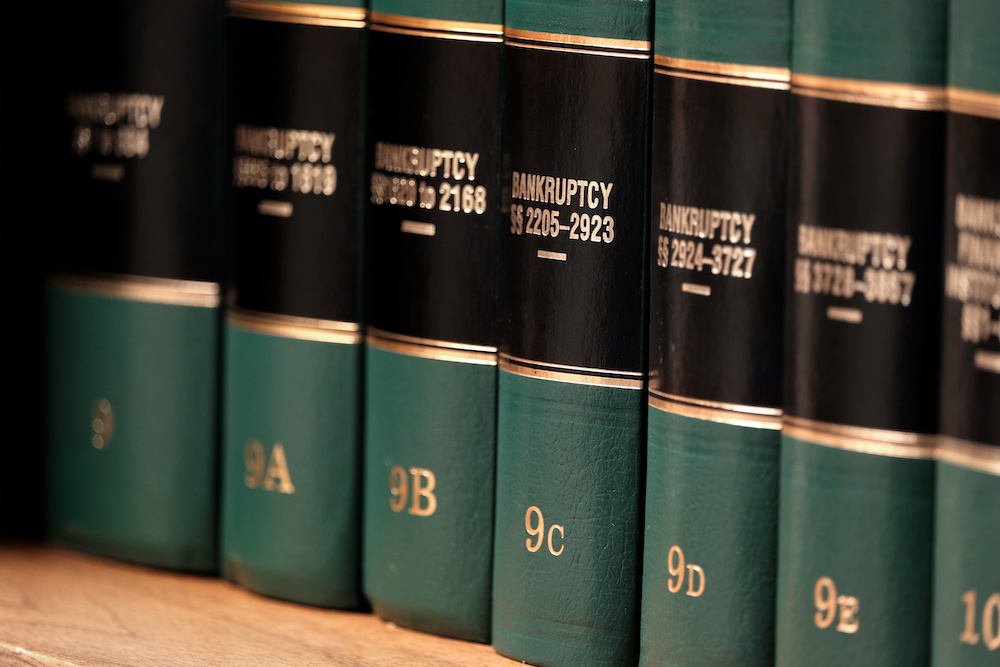Many Kentucky residents are currently grappling with overwhelming debt, whether due to unforeseen medical expenses or something else. If you list yourself among them, you may be exploring the idea of filing for bankruptcy. If you decide to do so, you may file for either Chapter 7 or Chapter 13, and there are some important distinctions that exist between the two consumer bankruptcy types.
Per U.S. News and World Report, Chapter 7 bankruptcies are also known as liquidation bankruptcies, while Chapter 13 filings are also known as reorganization bankruptcies.
Chapter 7 bankruptcies
If you do not have a steady income, or if you see no real way to dig yourself out of debt within the next few years without filing for bankruptcy, a Chapter 7 filing may fit your needs. However, you have to take a means test before you may file for Chapter 7 to prove that you do not have enough income to pay back your debts otherwise. It typically takes much less time to discharge debts and complete the bankruptcy process when you file for Chapter 7 instead of Chapter 13.
Chapter 13 bankruptcies
If you are unable to qualify for a Chapter 7 bankruptcy, or if you have a steady income and do not want to risk having to relinquish your home, car or other assets, consider a Chapter 13 bankruptcy. These filings require you to reorganize your debts and come up with a payback plan that is manageable for you. It may take several years to discharge debts via this method.
While this information outlines some of the major changes that exist between Chapter 7 and Chapter 13 consumer bankruptcies, there are other differences, too, that might impact your next steps.

